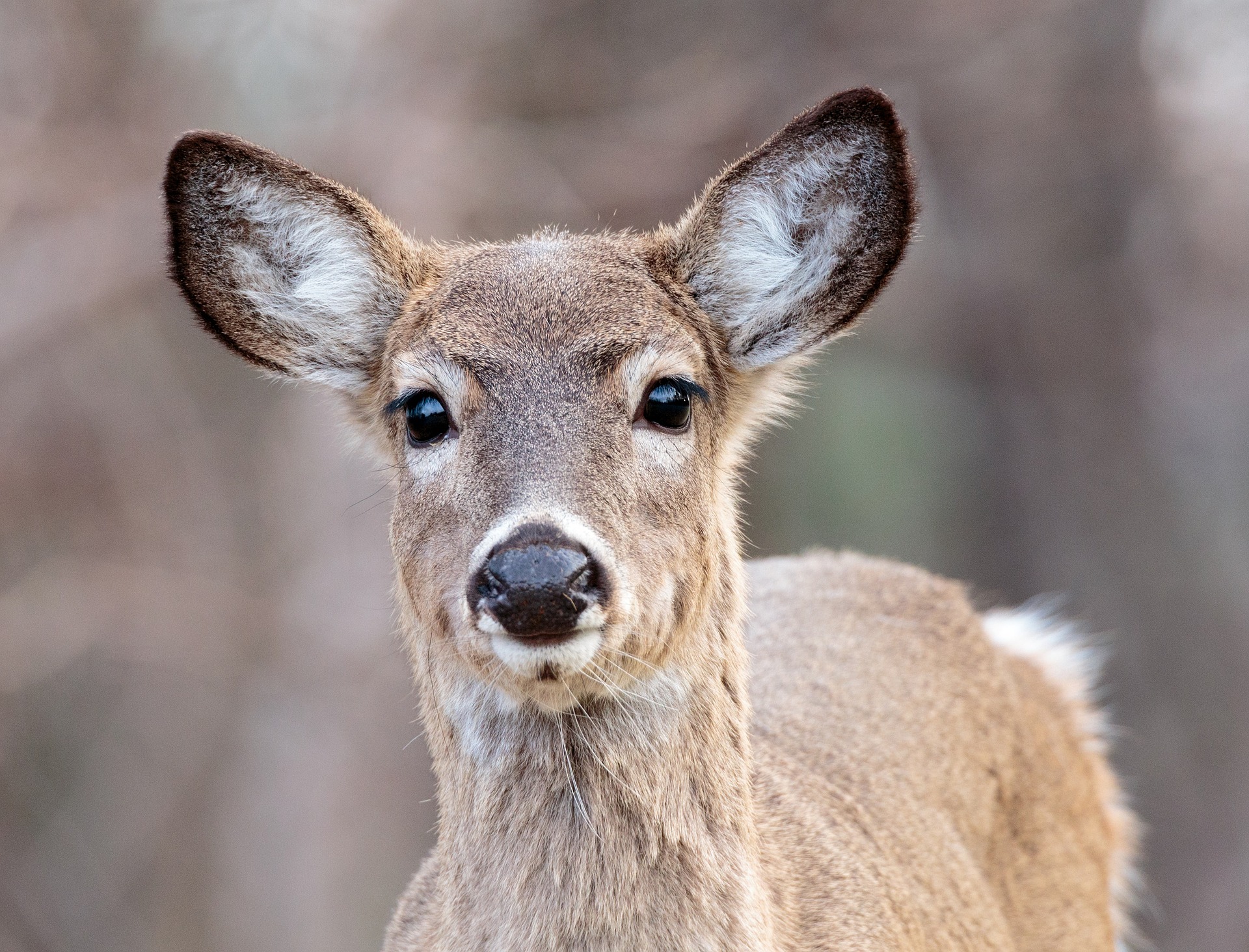As deer are raising their young and become increasingly acclimated to living in urban environments, the normally timid animals can become quite aggressive towards any perceived threats.
WildSafeBC said that the best way to avoid running into a deer near your property is to make it as unwelcoming as possible, which is said can be done by removing any food sources, clearing out anything the deer may use as cover or bedding, installing motion-activated lights or hazing the deer.
“You can do this by banging pots and pans, I’ve heard of people using water guns and spraying the deer, you can throw a frisbee at the deer, for example,” said Danica Roussy, WildSafeBC community coordinator. “If you choose to chase the deer from your property, which you are allowed to do, they will learn that your property is not welcoming and it’s not worth the effort.”
However, Roussy urges that it is illegal to injure a deer while trying to keep it away from your property.
Deer can become especially aggressive around when it comes to their young, and may charge at humans or pets that come too close. According to WildSafeBC, deer will give off a number of warning signs wh they are about to attack.
“The deer is going to lay their ears back, lower their head, and they may even stomp their hooves at you,” said Roussy. “If you do encounter a deer like that, just give them a wide berth and keep pets on a leash and keep them under control.”
Roussy added that people can also avoid eye contact, speak softly and back away from the deer to avoid being charged at.
As well, WildSafeBC offered some pointers in the case a deer ends up attacking.
“Stay upright as much as you can, cover your head with your arms, and move to shelter,” said Roussy.
Any conflict with deer or other wild animals can be reported to the Conservation Officers Service RAPP line.




